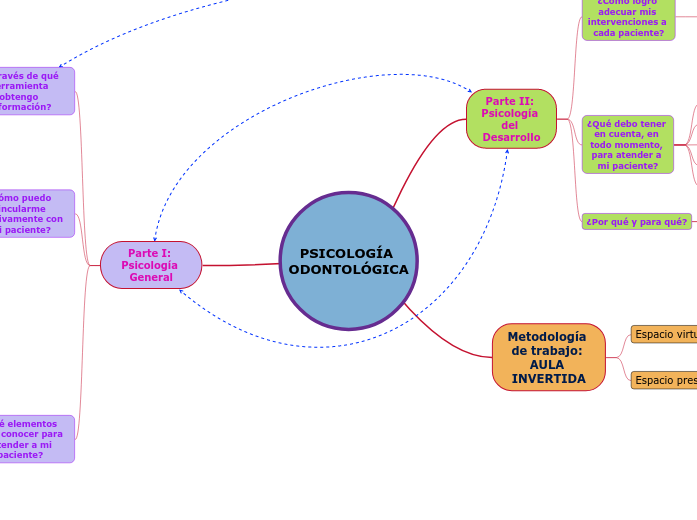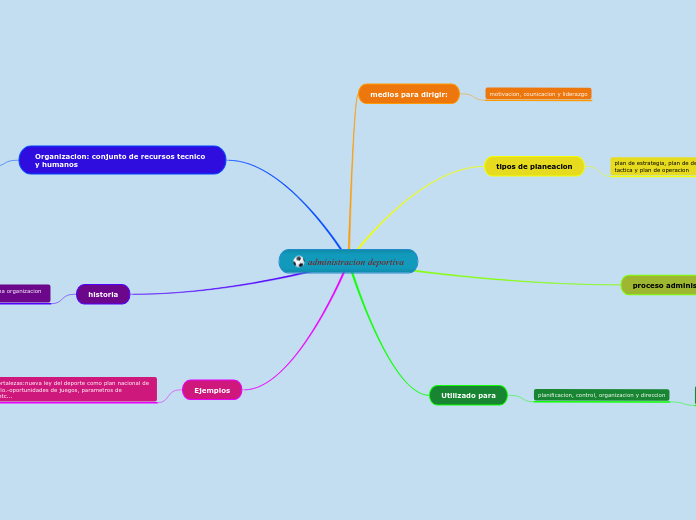República Bolivariana de Venezuela
Universidad Yacambú
Facultad de Humanidades
Licenciatura en psicología
Soid Linares HPS-203-0001
PSICOFISIOLOGÍA DE LAS EMOCIONES
Fernández-Abascal, E.G. y Palmero, F. (1999).
Emociones y salud. En E.G.
Fernández-Abascal y F. Palmero
(Eds.), Emociones y Salud (pp. 5-17).
Barcelona: Ariel.
Deffenbacher, J.L., Demm, P.M. & Brandon,
A.D. (1986). High general anger.
Behaviour Research and Therapy, 24,
481-489.
American Psychiatric Association (2000).
Diagnostic and Statistical Manual of
Mental Disorders-Fourth Edition. Text
revission (DSM-IV-TR). Washington,
DC: APA
FUENTES:
DC: APA
revission (DSM-IV-TR). Washington,
Mental Disorders-Fourth Edition. Text
Diagnostic and Statistical Manual of
American Psychiatric Association (2000).
NEUROFISIOLOGÍA DE LA RISA
The ending of a story is essential. We all know that if the ending is weak, what happened before loses its importance. So make it unpredictable, but fair. A resolved ending answers all the questions and ties up any loose threads from the plot.
Abordajes terapéuticos
This is the closure section of the story.
See examples of possible outcomes below:
- all problems have been solved
- it's clear how each one of your characters ends up
- your main character is transformed by the challenge
Fisiológicos
Ejercita y relaja la musculatura
Reduce la hiperreactividad bronquial
Incrementa la oxigenación tisular
Mejora el funcionamiento de los vasos sanguíneos
Psicológicos
Try answering these questions to come up with a closure:
- Have all the problems been solved?
- Is there a clear picture of what happens with each character in the story?
- Has the challenge transformed your main character?
- How do the characters feel in the end?
Reduce el estrés y los síntomas
de depresión y ansiedad
Eleva el estado de ánimo, la ansiedad,
la autoestima, la confianza
Aumenta la memoria,
pensamiento creativo
y capacidad resolutiva de problemas
Primer lenguaje del ser humano
This is the moment when the main character surpasses the last obstacle and finally faces their greatest challenge.
The climax usually follows one of these patterns:
- realization
- resolution
- choice
Type in your answer.
Involucra múltiples circuitos cerebrales cortico subcorticales
sistema límbico
eje hipotálamo, hipófisis
La risa abarca tres componentes principales
Cognitivo
Motor
Afectivo
MOTIVACIÓN
The middle of the story is where you add layers of complications that will lead to the end. Reveal more about the character's journey. Did their personality go through changes? How did they overcome the challenges? And as you build up the story’s central conflict, make it more personal to that character. Also, from the middle act, you have to lead into the final act.
FUENTES
There wouldn't be any tension and excitement in your story if there weren't any obstacles in your character's way.
Para ejecutar una conducta se necesita un estimulo
A story is nothing more than a character overcoming a series of difficulties to reach the desired goal. Obstacles usually create suspense and conflict. In overcoming obstacles, there is growth: weak becomes strong; hatred turns into love; sadness into happiness; wrong into right; lies into truth; or evil becomes good.
See a few examples below:
- stopping a meteor
- finding a killer
- finding love
Estímulos internos
provienen del interior del organismo
Estímulos externos
provienen del exterior del organismo y provocan cambios en él
AMBIENTE
Your character(s) need(s) motivation in order to solve the challenge(s).
Influencia
Secondary characters might also have motives that lead them to cross paths with the main character or which might trigger them to help the main character.
metas u objetivos
sentirse cómodo en cualquier espacio
Interacción
Why does your character need to confront this challenge? What does he/she expect to accomplish by solving it?
See a few examples:
- will marry in 3 days
- can fix the mistakes of the past
Relación
Individuo
INTENSIDAD
Each story has a main character and that character usually needs to solve a problem or challenge. The character's challenge is the one that creates tension throughout the story.
dimensión fásica
dimensión tónica
emociones básica
Expresión
transformarla en un comportamiento más constructivo
Represión
Calma
Acto de expresar tu ira
EMOCIONES
In the beginning of the story (or the exposition), you will need to introduce the setting and characters. You might also want to introduce the main conflict. This part of the story is important because it gives the reader necessary background information and maybe even a first insight into a character’s personality.
EMOCIONES POSITIVAS
The setting (time & place) of a story can change throughout the plot.
Psicología Positiva
Sensory details include sight, sound, touch, smell, and taste. These details are important because they create depth in your setting.
See a few examples below:
- the smell of fresh bread
- the scent of freshly cut grass
- rain falling onto the windshield etc.
bienestar hedónico
busca hacer más felices a las personas
fortalezas positivas
La Alegría
The weather is an important element in your story because it can highly influence the ambiance and the mood of the characters.
Centrado en
tratar y curar los trastornos de la mente
The most affected character is the main character. Write down here if he/she is affected by these weather conditions in any way. For example, if they lost a family member or their home during a hurricane, etc.
Decide if you want to include an element of nature in your story. For example, a rainbow can be a very nice choice for a happy ending. The mist in a story can represent mystery and secrets. A thunder can appear in the background at the moment when the 'bad guy' of the story makes its appearance, etc.
Empatía
Does your story include catastrophic weather? See a few suggestions below or add your own:
- hurricane, earthquake, storm, etc
El Humor
The time of the story can also change. It can describe the event of a single day or can include an entire year's plot. Anyway, don't forget to mention it.
La risa disminuye las concentraciones de cortisol
Efectos inmunosupresores del estrés
Risa (aspecto conductual)
Alegría (aspecto emocional)
Ingenio (aspecto intelectual)
La felicidad
Your story can take place wherever your imagination will take you to.
For example: in an elevator, in an enchanted forest, etc. Don't forget to give details of the environment each time the setting changes, otherwise, the story can be confusing. Also, mention the seasons as each of them has unique weather and events.
Autoconocimiento
La satisfacción con la vida
REACCIONES
Characters are essential to a good story. Usually, the protagonist(s) is/are the most affected by the plot. Introduce a character by focusing on their actions, interests, and occupation, as the physical appearance doesn't make a difference in most cases.
CARACTERISTICAS
Type in the name of your character.
MIEDO
Add other qualities/attributes of the character.
IRA
What is your character's main goal?
fight Evilfind lovedefeat his/her enemyrule the worldmake friendstime travelmake an awesome discoveryOther
TRISTEZA
Which traits best describe the character's personality? Choose more if necessary:
introvertedloyalkindindependentquick-thinkingadventuresomeidealisticsweet-naturedcalmrisk-takercreativewittystrictfussyweirdclumsyharshaggressivecarelessclingingcowardlycrueldeceitfulimpulsiveOther
ALEGRÍA
Choose the type of your chacter:
Protagonist (main character)Antagonist (main character's opponent)Flat (stereotypical character)Round (his/ her personality develops throughout the story)Static (doesn't evolve as a person throughout the story)Dynamic (dramatical change in personality)Confidant (the main character trusts him/ her)Foil (contrasting character who enhances the personality of another character)Other









